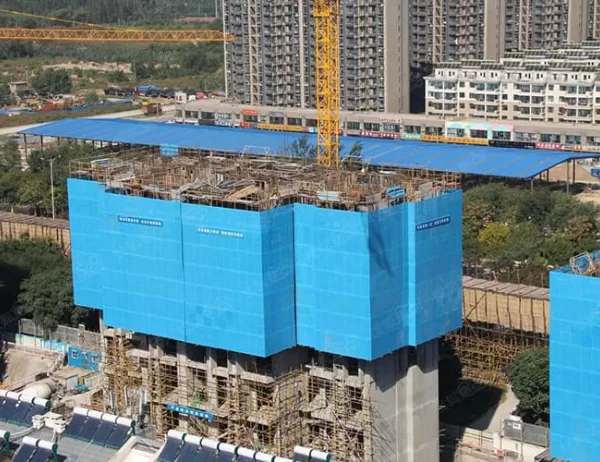Aluminum track profiles are widely used in various industries due to their versatility, strength, and resistance to corrosion. However, like any material, aluminum track profiles can encounter issues during installation or use. This article provides a comprehensive guide to troubleshooting common problems associated with aluminum track profiles, empowering readers to identify and resolve these issues effectively.
Improper alignment or bending of aluminum track profiles can lead to operational problems and even safety hazards. To ensure proper alignment, it is crucial to:
Use a level to check the horizontal and vertical alignment of the track profile.
Employ straighteners to correct any bends or deviations in the profile.
Ensure that the track is supported securely along its entire length to prevent sagging or buckling.
Problematic joints and connections can compromise the stability and functionality of aluminum track profiles. To ensure proper jointing:
Use compatible joining methods such as welding, riveting, or bolting.
Clean the surfaces to be joined to remove any dirt or debris that may inhibit a secure bond.
Apply appropriate sealant or sealant tape to prevent water penetration and corrosion in the joints.
Exposure to harsh environments or excessive friction can cause wear and corrosion in aluminum track profiles. To mitigate these issues:
Apply protective coatings or treatments to the surface of the track profile to enhance its resistance to corrosion and wear.
Regularly inspect the track for signs of wear, such as scratches or thinning, and address them promptly.
Lubricate moving parts within the track to reduce friction and minimize wear.
Aluminum track profiles can generate noise or vibration during operation. To address these issues:
Identify the source of the noise or vibration, such as loose bearings or misaligned parts.
Use dampening materials to reduce noise and vibration by absorbing and dissipating acoustic energy.
Employ vibration isolation mounts to prevent the transmission of vibrations from the track to adjacent structures.
When troubleshooting issues with aluminum track profiles, it is imperative to observe safety precautions to avoid accidents or injuries:
Wear appropriate protective gear, including safety glasses and gloves.
Ensure that the track profile is securely fastened and stable before performing any maintenance or repair work.
Handle sharp or pointed edges with caution and avoid touching electrical components without proper authorization.
By following the troubleshooting guidelines outlined in this article, readers can effectively diagnose and resolve common issues with aluminum track profiles, ensuring their optimal performance and longevity. Regular inspection, timely maintenance, and adherence to safety precautions are crucial for maximizing the functionality and durability of aluminum track profiles in various applications.




